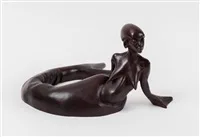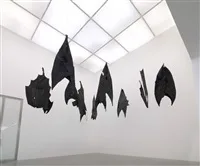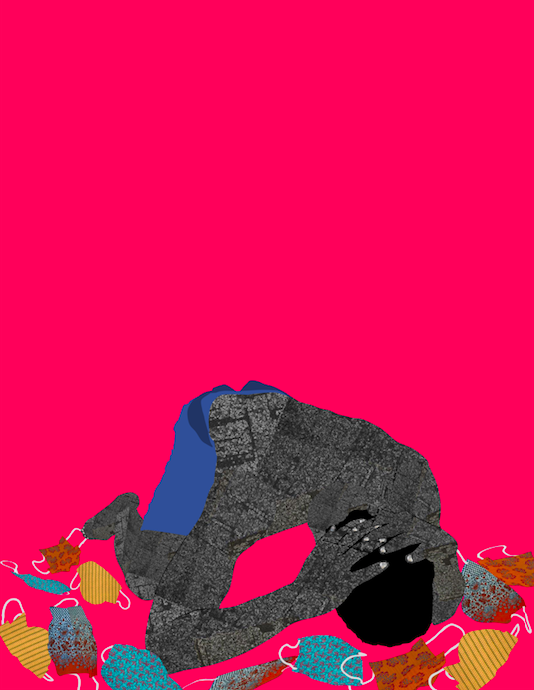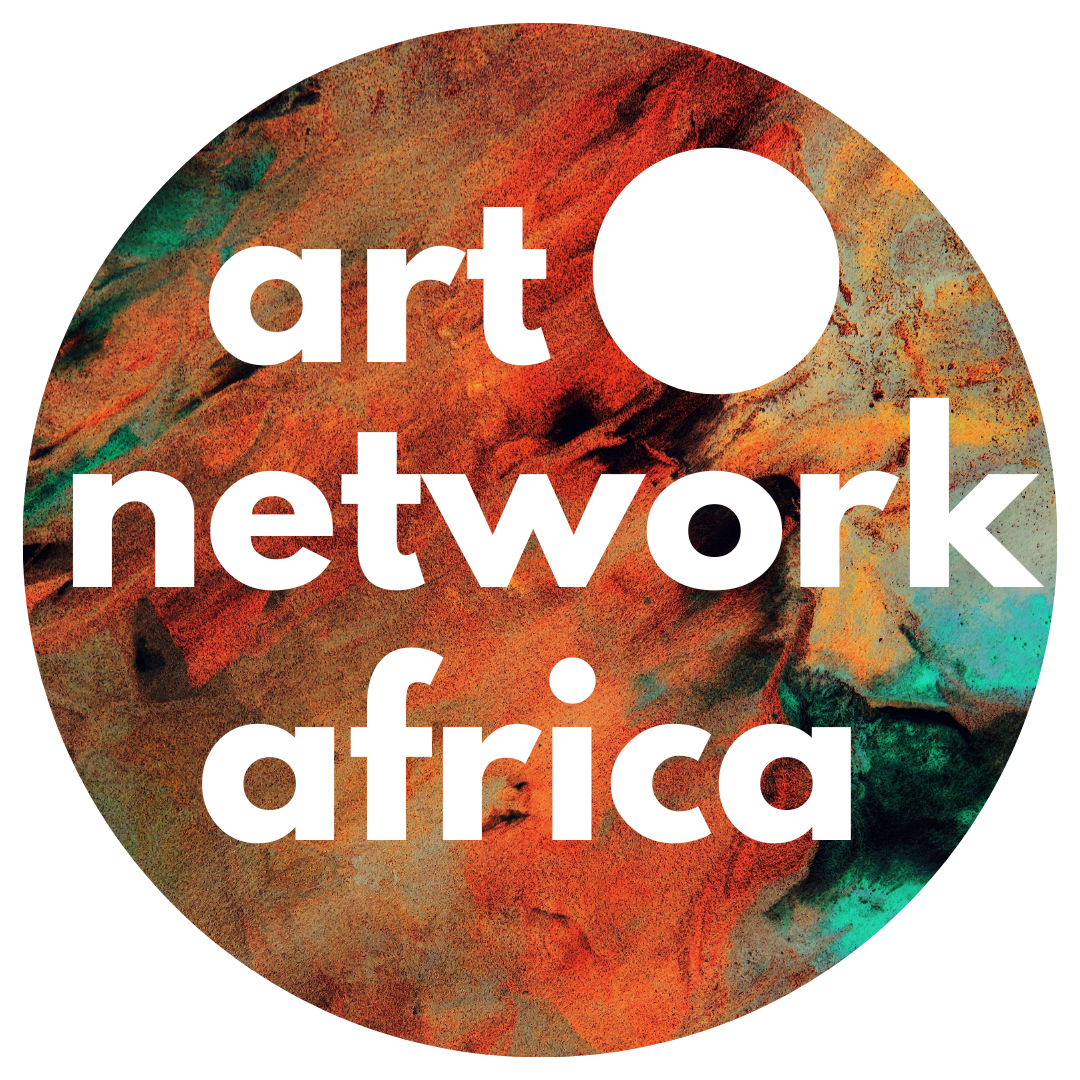In 2024, African art flourished like never before, propelled by an unlikely ally—social media. Platforms that were once seen as mere tools for sharing moments such as casual selfies and viral dances has evolved into a lifeline for artists, becoming a powerful stage where African artists showcase their brilliance, connect with global audiences, and redefine what it means to create in the digital age. These creatives aren’t just posting their work; they’re sharing their stories, building communities, and connecting with collectors thousands of miles away. Social media has become more than a tool, it’s a stage where African art shines brighter than ever, rewriting its place in the global art world.

Take Derrick Ofosu Boateng , a Ghanaian visual artist whose vibrant iPhone photography celebrates the beauty of Ghanaian culture. With almost 75,000 followers on Instagram, his work redefines everyday scenes using bold colors to highlight the vitality of his environment. Derrick’s approach merges accessibility with aesthetic appeal, making his imagery resonate globally. His photos of fruits, flowers, and street life are not just art—they’re cultural narratives.


Victor Ehikhamenor, a Nigerian multidisciplinary artist, continues to leverage platforms like Twitter and Instagram to amplify his intricate designs and advocate for African cultural preservation. Through digital storytelling, he combines tradition with contemporary aesthetics, challenging Western-centric narratives about African art.

For artists like these, social media eliminates traditional gatekeeping, allowing them to connect directly with a global audience. In 2024, this shift has been especially impactful as demand for African art grows internationally and the interplay between African art and social media continues to thrive. Through these platforms, artists are not only creating visually stunning work but also rewriting Africa’s story—one post, reel, and hashtag at a time. The challenge now is to ensure these digital successes translate into sustainable economic opportunities for artists, curators, and communities.
Artists like Yussuf Aina, Wangechi Mutu, Ibrahim Mahama, Njideka Akunyili Crosby, just to mention a few, utilize their various social platforms to document their progress and engage with followers about upcoming projects. Their digital engagements have allowed them reach audiences beyond their place of residence by participating in major art fairs and exhibitions.


Social media has also played a pivotal role in the rise of NFTs in Africa. Artists like Osinachi, Nigeria’s first major NFT creator and crypto artist continued to break boundaries in 2024. His digital works explore themes of identity and Afrofuturism, gaining traction on platforms like Twitter and Instagram. Through NFTs, he has created new revenue streams and built a global audience. As the digital landscape evolves, African artists are pushing boundaries even further. The integration of virtual reality (VR) and augmented reality (AR) is on the horizon, promising immersive exhibitions that transcend physical spaces.


Despite the great influence social media has on African art, it definitely has its disadvantages as well as challenges. Issues like copyright infringement are common, with works often being shared without credit or compensation. Additionally, the constant demand to create and post content can lead to burnout as artists may experience immense pressure to maintain an active online presence while also focusing on their craft. Access inequality also remains a barrier as some rural artists or those without reliable internet struggle to participate in this digital revolution.
As it stands, African art is not just being seen—it’s being celebrated, shared, and redefined. Through social media, artists are crafting a new narrative, one that honors the past while embracing the limitless possibilities of the digital age. As audiences, the best way to support this movement is to engage, follow their journey, purchase their work, and amplify their voices and you’d see just how much better it all becomes.


